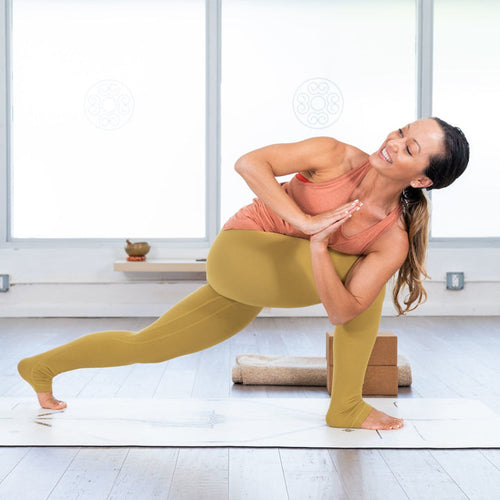
The Importance of Stretching
Share
Stretching Toward Longevity: How Flexibility Fuels a Longer, Healthier Life
When we think about living a long and healthy life, most of us imagine hitting the gym, eating our greens, or clocking eight hours of sleep. But there’s one simple habit that often flies under the radar—stretching.
Stretching is a powerful, low-impact practice that supports mobility, circulation, stress reduction, and injury prevention—all key components of living a longer, more vibrant life.
Mobility is Longevity
As we age, our muscles and connective tissues naturally lose elasticity, leading to stiffness, reduced range of motion, and poor posture. This decline in mobility doesn’t just affect comfort—it can have a direct impact on independence and quality of life in later years.
Regular stretching helps maintain and even improve flexibility, keeping muscles long, lean, and more capable of supporting everyday movement. Whether it’s bending down to tie your shoes, reaching for something on a shelf, or going for a walk—stretching supports the body’s ability to move freely and confidently at any age.
Improved Circulation and Heart Health
Stretching increases blood flow to muscles and joints, delivering essential nutrients and oxygen while removing waste products like lactic acid. This not only speeds up recovery from physical activity but also promotes better cardiovascular health over time.
Studies have shown that regular flexibility routines—like yoga or dynamic stretching—can help reduce blood pressure and improve vascular function, both critical factors in heart health and longevity.
Injury Prevention and Pain Reduction
A limber body is a resilient one. Tight muscles are more prone to strains, tears, and imbalances that can lead to chronic pain or acute injuries. Stretching improves muscle coordination and balance, making you less likely to fall or experience strain during daily activities.
For people dealing with back pain, tight hips, or stiff shoulders, targeted stretching can offer significant relief—sometimes more effectively than medication or passive therapies.
Stress Relief and Mental Well-Being
Stretching doesn’t just ease physical tension—it soothes the nervous system. Slow, intentional stretching activates the parasympathetic nervous system, which helps the body shift into a state of relaxation and restoration.
Paired with deep breathing, stretching becomes a mindfulness practice, lowering cortisol levels, reducing anxiety, and promoting mental clarity—all vital for long-term health and resilience.
It’s Never Too Late to Start
One of the best things about stretching? It’s accessible to everyone. You don’t need fancy equipment, a gym membership, or a 60-minute window in your day. Just 5–10 minutes of consistent stretching can make a meaningful difference over time.
Even if you've spent years feeling stiff or sedentary, the body is remarkably adaptable. With patience and consistency, you can reclaim mobility and lay a strong foundation for healthier aging.
Final Thought
Longevity isn’t just about adding years to your life—it’s about adding life to your years. Stretching is a gentle yet powerful tool that supports your body, calms your mind, and enhances your ability to live fully and freely as the decades pass.
So the next time you stand up from your desk, take a few deep breaths and reach for the sky. Your future self will thank you.
